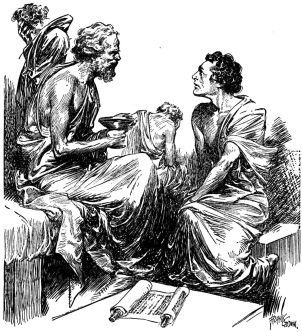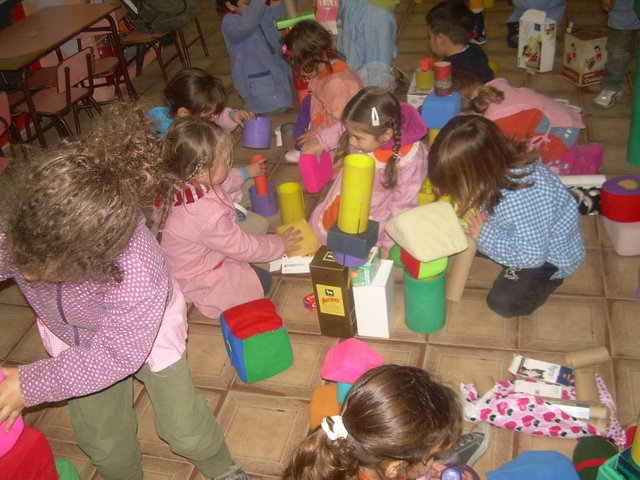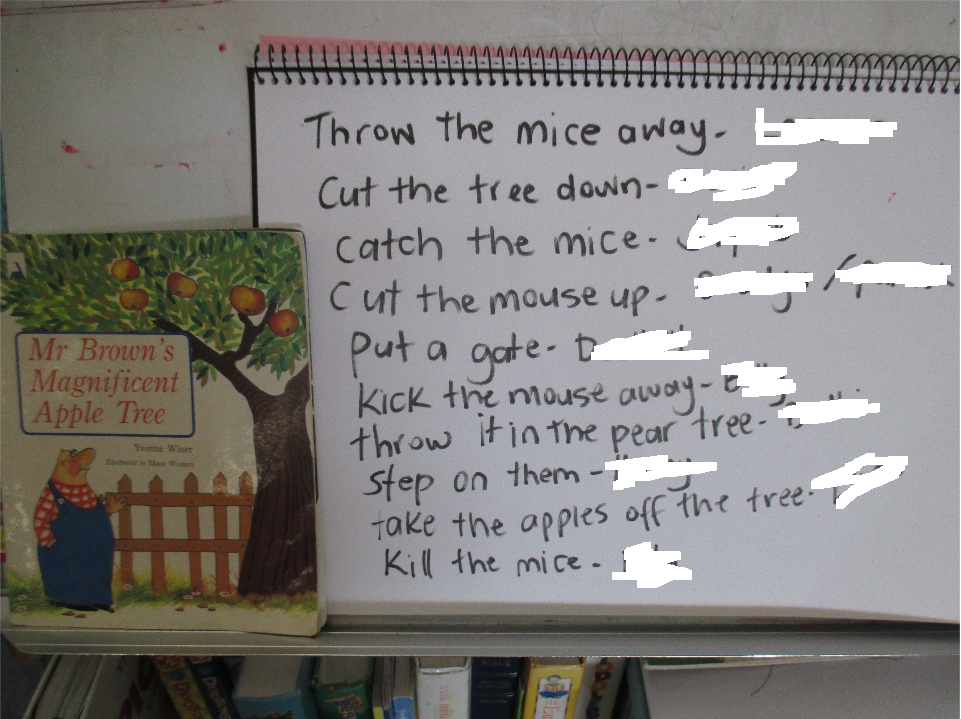Teaching Techniques: Learn the Art of Asking Questions
An article from Early Childhood Today, the Magazine for Early Childhood Professionals, entitled "The Art of Asking Questions" by Ellen Booth Church, has evoked my memories of myself as a student in the university. Some of my professors employed the Socratic way of questioning, and I can remember that because of their styles and methods of teachings, I was very eager to learn and was even more motivated to study, especially in the fields of Philosophy and Psychology.
In practice as an Early Childhood Educator / Teacher, it is important for me to encourage my little ones to think and problem solve. One of the best techniques, which have been in use for many centuries now - and let's date it back from way back Socratic years - is the art of asking questions. As we all know, children are like sponges. In my teaching practice, I try to endeavour in ensuring that my questions are thought provoking. They may still be children, but they are naturally curious, inquisitive and have thirst for learning new things.
In practice as an Early Childhood Educator / Teacher, it is important for me to encourage my little ones to think and problem solve. One of the best techniques, which have been in use for many centuries now - and let's date it back from way back Socratic years - is the art of asking questions. As we all know, children are like sponges. In my teaching practice, I try to endeavour in ensuring that my questions are thought provoking. They may still be children, but they are naturally curious, inquisitive and have thirst for learning new things.
Before I elaborate, I'd like to give a quick background of the person who probably started it all - none other than Socrates. Socrates was one of the greatest classical Greek educators and philosophers and he taught his pupils by asking questions and then drawing out answers from them. In Latin, it is called "ex duco", which means "to lead out" - hence, the root of education. His purpose was to challenge the completeness of his pupils' thinking. Anything just does not end with a certain reasoning; the teacher (or the person asking question) should still dig deeper, in order to move the pupils towards their ultimate goal.
Going back to the said article, there are seven techniques of asking questions to the children that the author suggests.
1. Use open-ended questions. Instead of asking questions that the only answers you can get from the children are yes or no, or specific or definite answers, use divergent questions that will encourage critical thinking and creative thinking skills. There are no right or wrong answers. They can have many different answers and they will be able to use their imagination when stimulated by these questions. Some examples of beginning questions are:
"What do you think?"
"What would happen if...?"
"How are we going to...?"
"What should we try?"
2. Try to avoid close-ended questions. Sometimes, it is necessary to use convergent questions, but as much as possible ask as many divergent questions as possible because, like mentioned earlier, these questions are thought-provoking and will lead to problem solving and critical thinking. Convergent questions are answerable by "yes" or "no" or have specific answers, for example, "How many can you see?"; "What shape is this?", etc.
3. Offer question starters. Similar to open-ended questions, question starters will make children think critically and proactively perform a task, for example, "How do you think we could...?" or "What might happen if...?"
4. Look for and take advantage of opportunities to ask questions.These questions may lead the little ones to brainstorm many ideas and different possibilities or may invite them to find a solution to a problem. For example:
"What are all the ways we can use these bottle lids that Johnny's mother brought in?"
"How many ways can we build a tower using these blocks?"
"I found this puzzle piece. How can we find out the rest of the puzzle or where it belongs?"
5. Accept every answer from children equally. Even though one child's response sounds more exciting, it is very important for all the children to see and feel that all their ideas and answers are accepted, acknowledged and not being judged or rejected.
6. Encourage children to elaborate on their thoughts and ideas.If children seem to be having difficulty or stuck, ask additional questions as they may need your help to keep the divergent conversations going. So ask questions based on their previous responses and comments. You might ask them, for example, "What else can you tell me about it?".
7. Document or record children's answers. Most of the time during our group times, we use this large floor book, which we use to write children's responses to our questions. By doing this, we validate their ideas and we also encourage them to continue thinking and trying out new ideas and possibilities. It doesn't matter if children can't read them. Usually, they go to where the floor book is displayed and they "pretend" that they can read those recorded answers and we'll hear them having conversations with each other, and more often than not, they come up with even more brilliant, funny ideas.
Last week during our mat time, we read the story Mr. Brown's Magnificent Apple Tree. This is a story about a man, named Mr. Brown, who finds his apples disappearing over night. Mr. Brown thinks it is a giant, but it is actually the mouse who takes it to her family every night. After reading the story, we discussed what happened in the story and children were encouraged to come up with ideas about what Mr. Brown could do to stop the mice from climbing the apple tree. Children's responses are hilarious, but creative, too. These were their responses:
In summary, when we ask questions to children, it helps them to develop critical thinking and creative thinking skills; problem solving skills; comprehension; and ability to communicate their ideas verbally.
References:
- Socratic Questioning
- Church, E.B. (2006). The Art of Asking Questions. Early Childhood Today: The Magazine for Early Childhood Professionals, October 2006, Vol. 21, No. 2. Scholastic Inc.: New York, NY




You got a 1.38% upvote from @buildawhale courtesy of @sarahdandridge!
If you believe this post is spam or abuse, please report it to our Discord #abuse channel.
If you want to support our Curation Digest or our Spam & Abuse prevention efforts, please vote @themarkymark as witness.
@bitshares101 @sarahdandridge @hr1 Thank you!